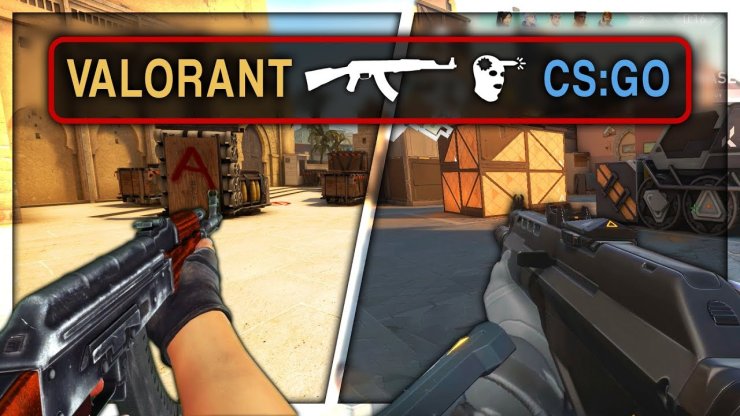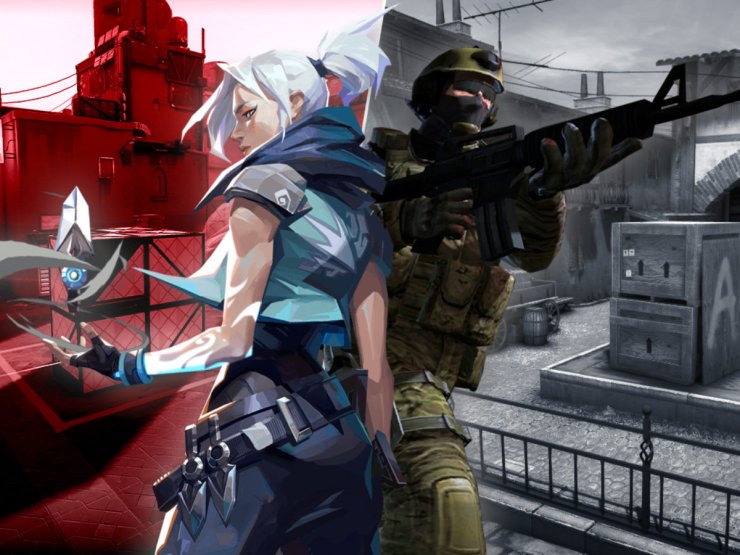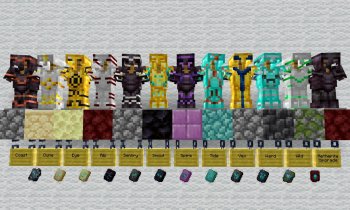Shooters are one of the most popular and iconic genres in Esports – even India’s most popular game, PUBG Mobile, is a shooter. However, not everyone understands all the peculiarities behind the mechanic of a shooter game and what Valorant’s 128 tick servers mean.

In this article, we would explain more about Valorant’s biggest selling point, its server, and how the game is drawing people from CS:GO, Valve’s biggest Esports title.
1 – What is “tick rate”?
Tick rate (measured in Hz) is the frequency that a server would update the visual data players’ received in-game. For example, with a tick rate of 64, a server would be able to send 64 packages of data per second. In shooter games, the higher the server’s tick rate, the better.
2 – What are the effects of a higher tick rate?
Servers with higher tick rate would get more information than lower ones, and this would further reduce the chance that “no reg” happen. Have you ever shoot at a player without dealing any damage? “No Reg” happened – the bullet hit the enemy exactly when a tick refreshes, which causes the object to pass through without getting registered. The higher the tick rate, the lower the chance for a “No Reg” to happen.
Riot has definitely spare no expenses on achieving this - the weakness of a 128 tick server is its cost. As the thing is going to receive twice the information compared to a 64 tick server - the investment cost is almost doubled. While this is partly on Riot's pre-existing League infrastructure, this is still a lot of effort for their first foray into the FPS genre. On Valve's side, 128 tick servers are only available for pro tournaments and LANs.

As Riot made this expensive technology available to the masses right away - a lot of CS:GO players have been dropping the game to give Valorant a try.
While the game has released in India, Riot hasn't prepared a server yet and Indian players are still having to play through foreign, farther servers with worse pings. For more information about Valorant's release please check out this post.










Comments